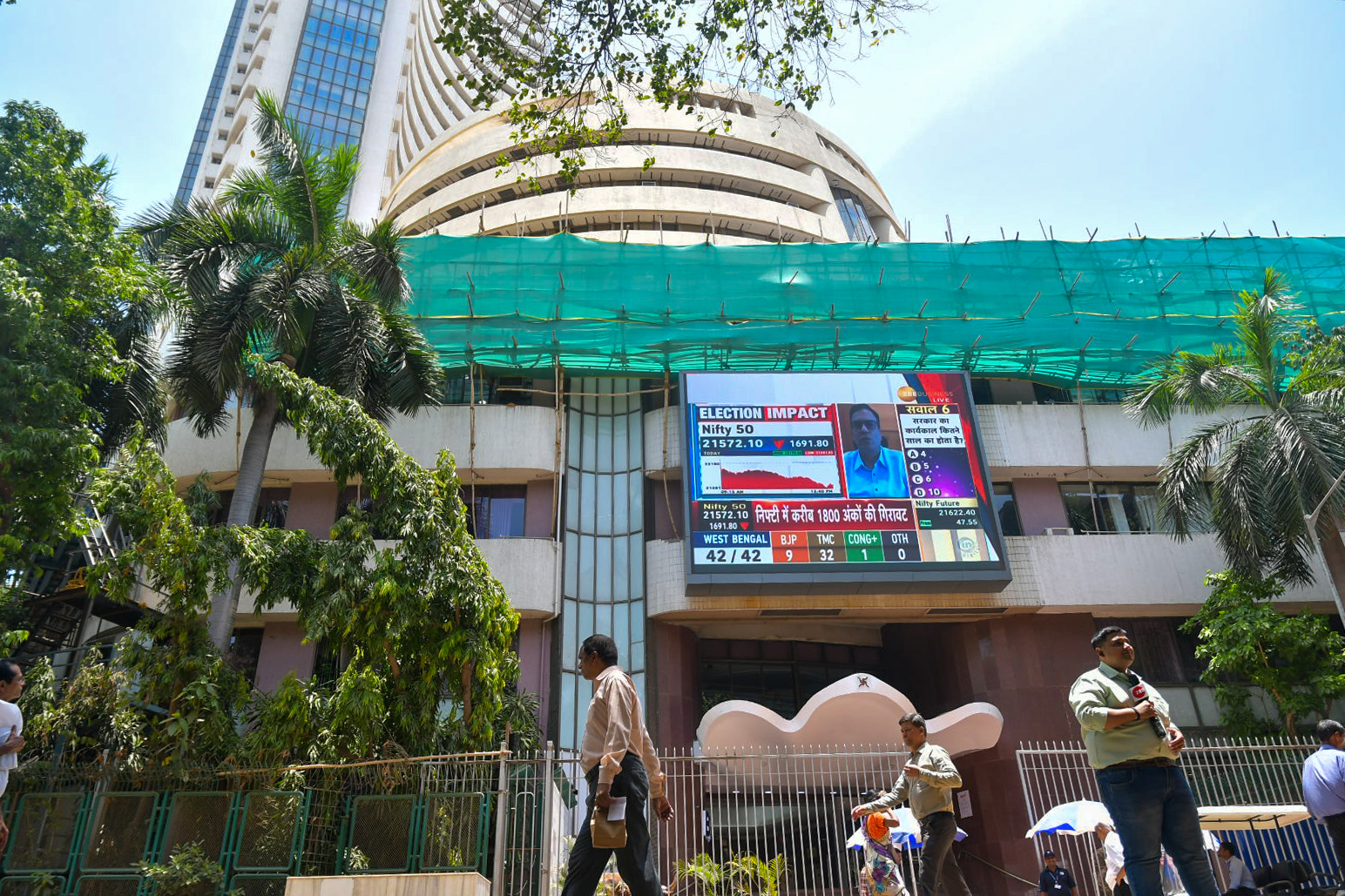India’s benchmark indices opened flat on Thursday, slipping marginally in early trade, even as overall market sentiment remained upbeat on hopes of progress in India–US trade talks and the rollout of GST 2.0.
The Nifty 50 fell 27.60 points, or 0.11 percent, to 24,945.50, while the Sensex declined 207.85 points, or 0.26 percent, to 81,217.30.
Ajay Bagga, banking and market expert, said Indian equities continue to show resilience, with IT stocks finally joining the rally.
“Conciliatory exchanges on social media between President Trump and Prime Minister Modi have boosted hopes of a trade deal. Along with the GST 2.0 rollout from September 22 and Fitch’s upgrade of India’s FY26 growth forecast to 6.9 percent, the market is drawing strength from domestic consumption plays, autos, and durables. Financials too are attempting a recovery. Despite rising global risks, from Russian drones entering Poland to Israel’s air strikes on Qatar, we expect sentiment to stay positive,” Bagga noted.
In the broader market, the Nifty 100 slipped 0.08 percent, while the Nifty Midcap 100 added 0.16 percent and the Nifty Smallcap 100 gained 0.24 percent.
Among sectors, Nifty Auto rose 0.13 percent, Nifty IT advanced 0.23 percent, and Nifty PSU Bank gained 0.25 percent. Nifty FMCG was marginally lower by 0.02 percent.
Global cues also lent support. In the US, the S&P 500 and Nasdaq closed at fresh record highs on Wednesday, while the Dow lagged due to weakness in Apple.
Vikram Kasat, Head of Advisory at PL Capital, said: “A surprise slowdown in US wholesale inflation and Oracle’s massive AI-led rally lifted the S&P 500 to another record. On the charts, Nifty has broken a short-term resistance line with a gap, which is a good sign for bulls. On the downside, the reversal level can now be trailed to the higher hourly low around 24,750.”
Asian markets tracked Wall Street’s gains. Japan’s Nikkei 225 surged over 1 percent, Taiwan’s benchmark rose 1.11 percent, and South Korea’s KOSPI added 0.39 percent. However, Hong Kong’s Hang Seng slipped 0.4 percent in early trade.
(With inputs from ANI)














